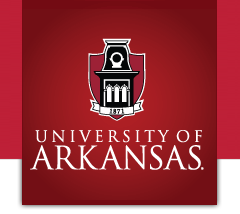Abstract
This study examined prelinguistic language development of twins by delineating: differences from developmental expectations; twin-twin communication and twin-mother communication differences; and monozygotic-dizygotic differences. Nine families with twins between seven and 16 months of age participated in the study. Five families had dizygotic twins, three of which were male/female pairs, and four families had monozygotic twins, only one of which was female. The primary caregiver completed a developmental history. Data consisted of Dares Primitive Speech Acts (PSA) coding during in-home video-taping (30 minute sessions) with a second coding from the video material, and maternal reporting of vocabulary and communication using the MacArthur-Bates Communicative Development Inventory (CDJ) for each twin. Variations were found between twin-twin and twin-mother use of PSA with all twins using more PSA with mothers. Dizygotic twins used more PSA overall and had better communication scores on the CDJ than did monozygotic twins. Overall, results suggest that twins may be at a greater risk for language delay than singletons and monozygotic twins even more so.
Recommended Citation
Albrecht, S. (2007). Preverbal Language Abilities in Monozygotic and Dizygotic Twins. Inquiry: The University of Arkansas Undergraduate Research Journal, 8(1). Retrieved from https://scholarworks.uark.edu/inquiry/vol8/iss1/6




